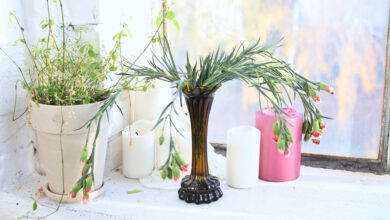Go for a greener, cleaner space with houseplants that enhance
Editorial feature
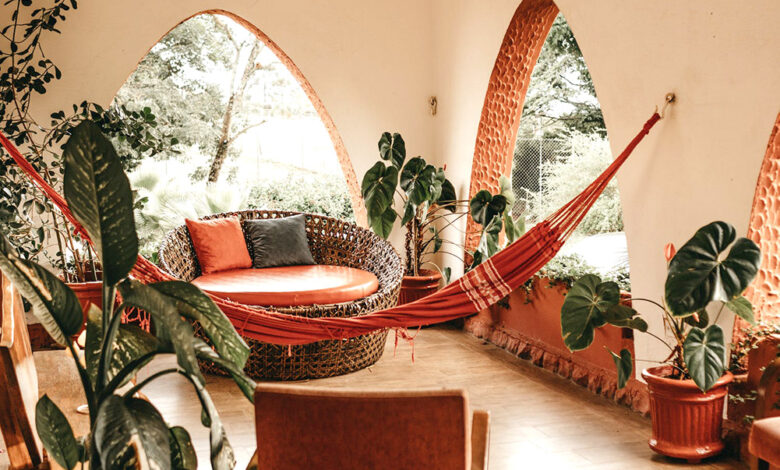
Indoor air pollution is between two and 10 times higher than outdoors. Plants inside can help purify the air, create a calmer atmosphere and add style to your interiors.
Houseplants can reduce pollutants in the air by absorbing them and then converting them to food.
Unfortunately, most indoor spaces do suffer air pollution, often due to paints used in decorating; detergent and other cleaning products, smoking and furnishings.
So adding foliage to your living space can work wonders – and not just aesthetically.
BBC Gardener’s World presenter and Stannah’s gardening expert Mark Lane says that placing certain types of plants in different rooms can impact wellbeing in many ways.
“Looking and caring for greenery helps to protect against mood disorders, depression, neurotic behaviour and such stress-related issues,” he said.
“It’s therefore important to seek green sanctuaries outdoors — like parks — and also bring the outside into your home.”
Other benefits of houseplants Mark points to are a reduction in symptoms such as headaches; sore eyes; loss of concentration and feelings of depression.
The University of Sydney even produced a report which found houseplants contributed to a 37 per cent reduction in tension and anxiety; 58 per cent drop in depression and a four per cent decrease in anger and hostility.
They also provide a much-needed link to earth and nature – particularly for those in densely packed urban housing.
With more and more of us living in cities and in smaller spaces with less outdoor space, it makes sense to grow what you can – not just indoors, but on windowsills, balconies and porches too – whatever space you have available to you!
Aloe vera
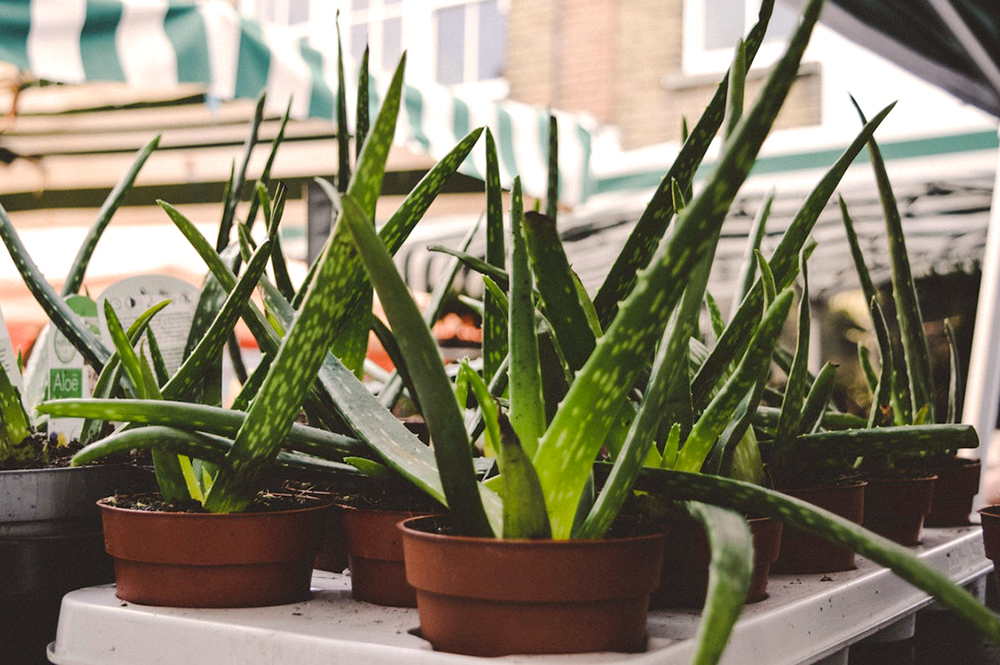
One plant lots of experts agree on the benefits of, this succulent is great for bedrooms and kitchens.
Also known as aloe barbaensis miller, it purifies the air while being a calming aid to sleep.
The gel inside its leaves is famously used for soothing burns, but it’s more than just a green first aid kit, according to Patch Plants.
It removes pollutants such as carbon dioxide from the air and continuously releases oxygen throughout the night.
These plants like a lot of light and not too much water, but will benefit from a liquid fertiliser in spring and summer.
Make sure to use one made specifically for succulents and cacti.
Peace lily
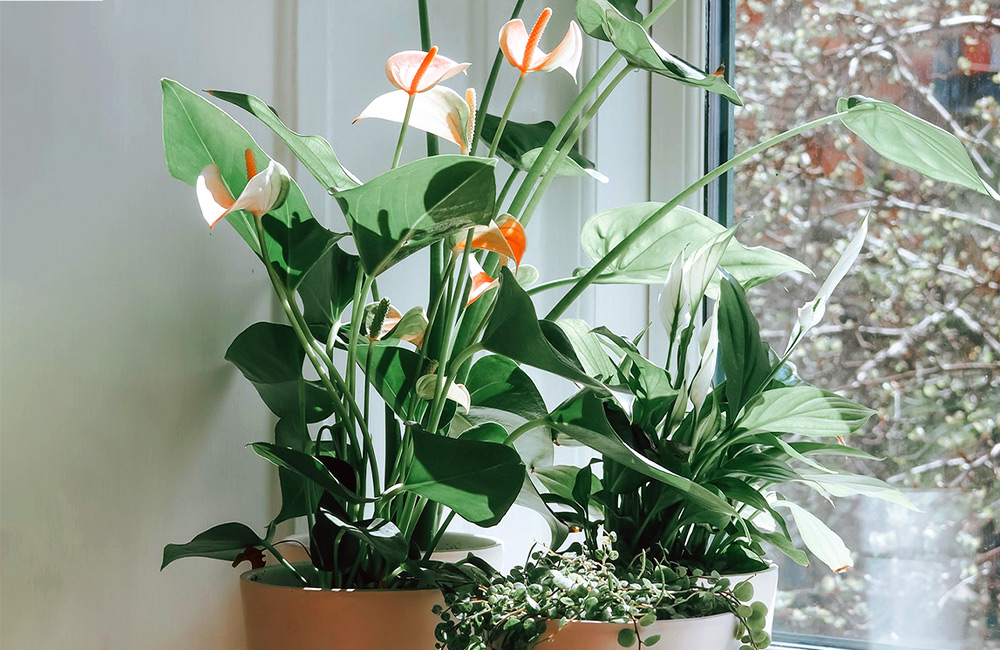
This beauty can improve air quality by up to 60 per cent!
Jo Lambell, founder of beardsanddaisies.co.uk, is a fan.
“Stunning in looks and serene in spirit, the peace lily is a great all-rounder,” she said.
“You’d be forgiven for thinking it may be difficult to care for judging by its beautiful appearance, however it is very low maintenance and also a fantastic air purifier.”
Mark recommends this one for bathrooms, in particular.
“It helps reduce the levels of mould spores that grow in the home by absorbing these through its leaves, then circulating them to the plant’s roots where they are used as food,” he added.
“The peace lily can help to keep shower tiles and curtains free from mildew and the plant can absorb harmful vapours from alcohol and acetone.”
Confusingly, despite their name, peace lilies, or spathiphyllum, are in fact part of the Araceae family of plants.
Snake plant
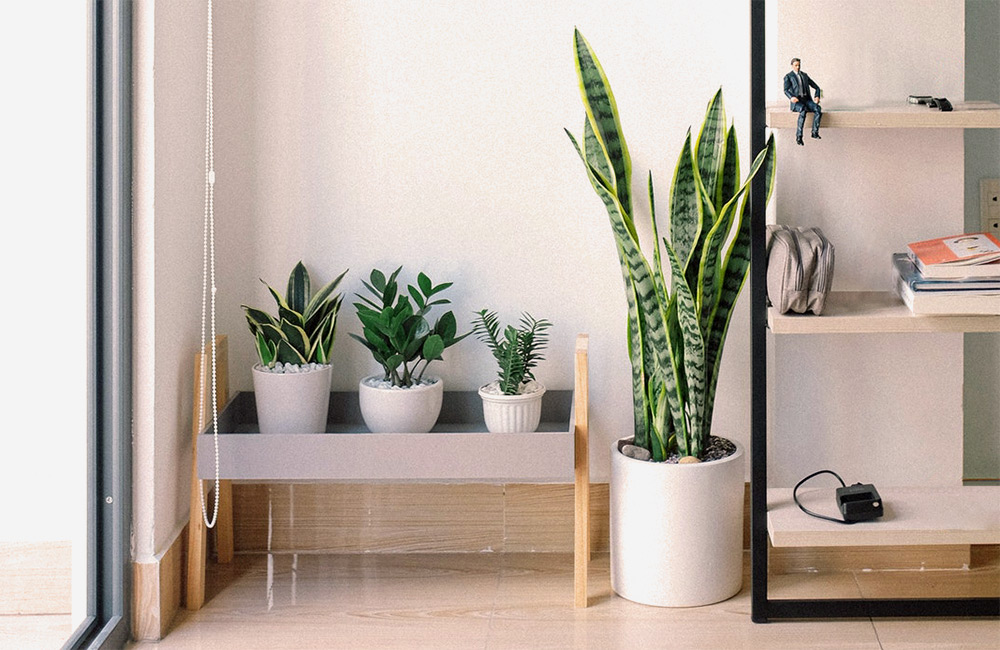
The name may scare some, but the sanservieria trifasciata is apparently one of the highest oxygen-producing plants in the world.
They are also a great introduction to indoor gardening for beginners – they are easy to care for, very hard to kill and barely even need watering in winter.
Currently on trend – as seen in many a social media influencer’s background – they also look great in modern or retro-styled interiors.
They are best placed in partial sun.
Spider plant
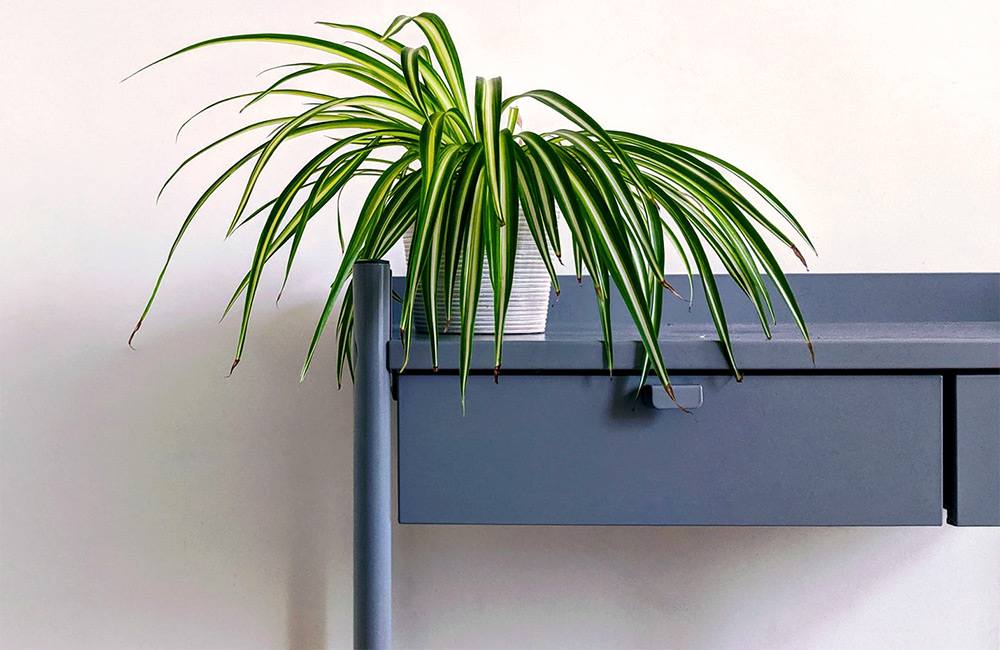
Another one with a name to give you the creeps, spiders plants – or chlorophytum comosum, if you’re squeamish – are also great for beginners.
They are low maintenance and easy to care for and, it is believed, in just two days they can remove up to 95 per cent of harmful toxins in the home, including potentially cancer-causing chemical formaldehyde.
Georgie Matthews, of greenhousesdirect.co.uk, points out they are great for smaller spaces, as their cascading long leaves mean they take up vertical space, rather than horizontal.
They are also considered the best indoor plant for those with asthma, due to their high toxin-absorption rate.
Areca palm
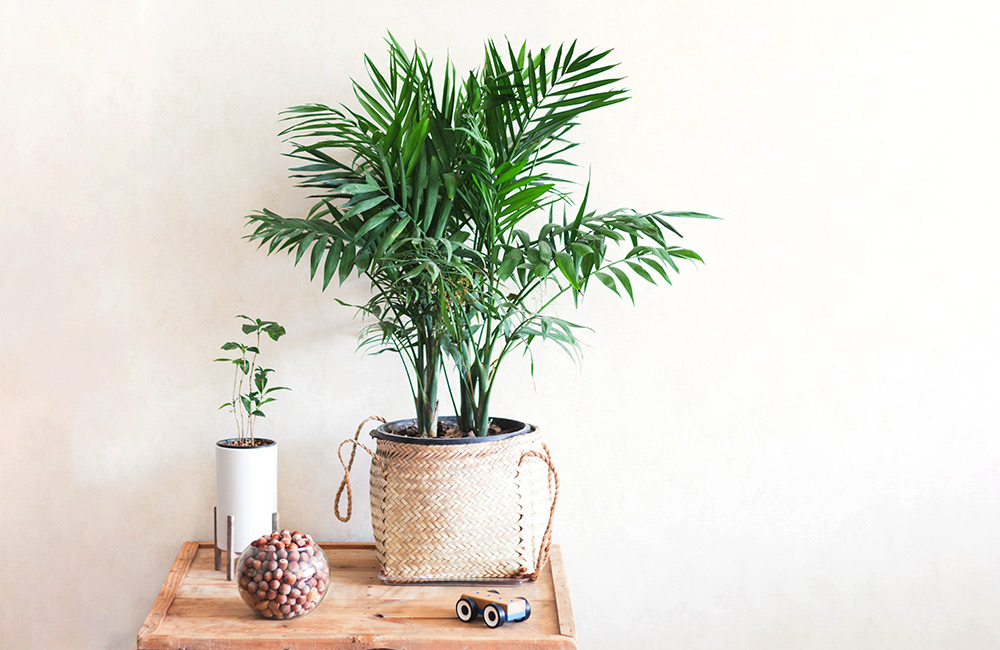
Visually stunning while stunningly beneficial, dypsis lutescens is an effective humidifier for damp rooms.
They remove dust, mould spores, bacteria and allergens from the surrounding atmosphere.
Its leaves produce negative ions, much like many air-purifying machines do.
Negative ions are credited with increasing psychological health, productivity and overall wellbeing.
For best results, aim for four shoulder-high plants per person.
To see your company in any upcoming features we are arranging please email editorial@hurstmediacompany.co.uk



